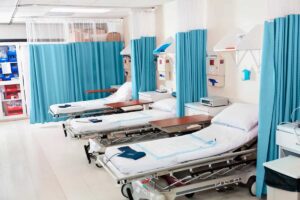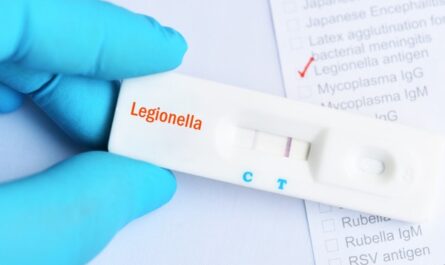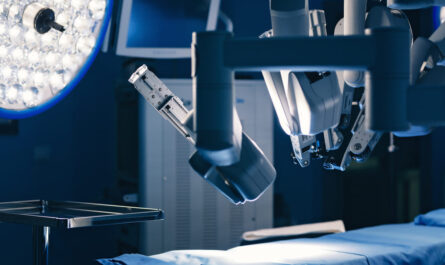
Hospital beds play a vital role in ensuring patient comfort and safety during their medical treatment and recovery. From the basic functionality to advanced technological features, hospital beds have come a long way in supporting patients and medical staff. In this article, we explore the different types of hospital beds, their key features and how they impact patient care.
Types of Hospital Beds
Standard beds
Standard hospital beds are the most basic and commonly used beds in hospitals. They provide the necessary functions to support a patient lying down. Some key features of standard beds include:
– Adjustable mattress height – Allows caregivers to easily move patients on and off the bed. The height can also be adjusted for comfort and access.
– Railings – Side railings are present on standard beds to prevent falls and reduce injury risks for patients. The railings can be positioned up or down as needed.
– Battery backup – Standard hospital beds are equipped with battery backups to keep functions running during power outages. This ensures safety and access for patients at all times.
Critical care beds
Critical care beds are designed specifically for intensive care units and patients requiring constant monitoring or medical intervention. Some advanced features include:
– Built-in scales – These beds weigh patients automatically to track weight changes which are important indicators of health status.
– Monitoring systems – Critical care beds can be integrated with cardiac, respiratory and other monitoring equipment for round the clock patient vitals tracking.
– Chair alarms – Chair alarms alert nurses if a critically ill patient tries to get off the bed on their own to avoid falls and injuries.
– Motorized controls – Buttons and joysticks allow precise control over bed position, height and other adjustments right from the patient’s side.
Bariatric beds
Bariatric beds are extra large and sturdy beds designed to support patients who are overweight or obese. Key characteristics include:
– Wider mattresses – Wider than standard beds to provide sufficient space and weight distribution.
– Higher weight capacity – Can support weights even over 1000 pounds for safe handling of heavier patients.
– Reinforced structure – Heavily built with reinforced joints and powered mechanisms to withstand heavy loads.
Beyond the Basics – Advanced Hospital Bed Features
Hospital beds today go beyond basic functionality and incorporate advanced technologies for enhanced patient care. Here are some innovative features:
Pressure redistribution systems
Pressure ulcers are a common complication for bed-bound patients. Beds with pressure redistribution mattresses, cushions and overlays help prevent sores by evenly distributing body weight. Some advanced options include:
– Alternating pressure mattresses – Cyclically changes support zones to reduce pressure points.
– Air fluidized beds – Uses a fine mist of air over silicone-coated beads that adapt perfectly to body shape.
Patient lift systems
Integrated patient lifting systems on hospital beds make the transfer and repositioning of patients much safer and easier for caregivers. Examples include:
– Powerized sit-to-stand functions – Raise patients smoothly from lying to sitting to standing with a push of a button.
– Trendelenburg positioning – Allows tilting the entire bed for childbirth or treating shock/respiratory issues with ease.
IoT connectivity
The next generation of smart hospital beds leverage internet of things (IoT) connectivity for enhanced management and care delivery. Possibilities include:
– Remote monitoring – Caregivers can check patient vitals and bed settings from any location using web or mobile apps.
– predictive maintenance – Sensors transmit equipment usage data to predict service/repair needs before issues occur.
– Workflow integration – Beds seamlessly connect with EHRs, location services and other hospital systems.
The Impact of Technology-Enabled Beds
Advanced hospital beds have made a tremendous positive impact on patient outcomes and caregiver workloads:
Improved safety
Features like automatic brakes, bed exit monitoring, sensors to detect falls have significantly reduced injury risks for hospitalized patients.
Better clinical outcomes
Pressure redistribution, precise positioning and continuous monitoring help deliver optimal care and aid faster recovery times.
Boosted efficiency
Smart features streamline workflows, automate tasks and allow remote surveillance saving precious caregiver time for direct patient care.
Enhanced comfort
Ergonomic design, adjustable sections, massaging overlays etc. make the bedbound experience more soothing promoting healing.
Considering their vital role, hospitals continue research to develop even more innovative hospital bed technologies of the future for enhancing patient-centered care. With continuous technological advancement, hospital beds will keep revolutionizing the medical experience for both patients and caregivers.
*Note:
1. Source: Coherent Market Insights, Public sources, Desk research
2. We have leveraged AI tools to mine information and compile it


